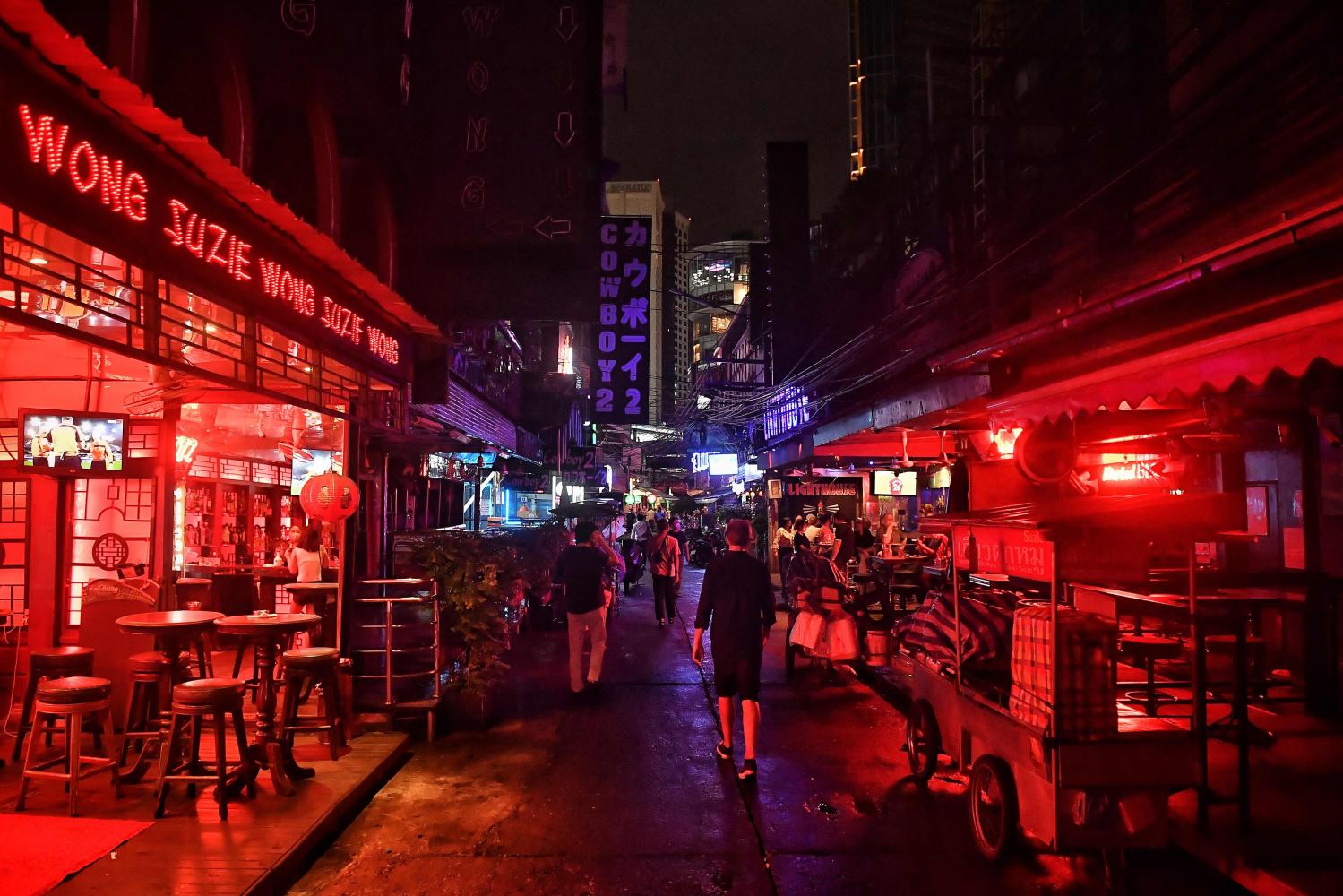
Living with Covid-19 seems to be the inconvenient reality that several countries have accepted after realising that, unless there is an effective vaccine that can protect us from getting infected, the virus will remain with us and affect our livelihoods for the foreseeable future.
Thailand is one of those countries that have decided to jump onto the "living with Covid-19" bandwagon, not because it is ready to cope with the consequences of opening up the country to less restricted travel by locals and foreign tourists alike, but because Prime Minister Prayut Chan-o-cha, in his capacity as head of the Centre for Covid-19 Situation Administration (CCSA) does not want to miss what he believes to be the "last train".
The prime minister last week made a nationwide televised address announcing the decision to reopen Thailand to foreign tourists with vastly reduced virus curbs from Nov 1. He said businesses cannot infinitely afford the cost of keeping key parts of the economy closed or in a state of near paralysis by lockdowns and other precautions.
He said the last quarter of the year, which includes Christmas and New Year, is an ideal opportunity to relax lockdown restrictions for locals and to allow foreign tourists, initially from 10 "low risk" countries, to visit Thailand without quarantine if they are fully inoculated and can pass Covid-19 tests before arrival.
He said he was fully aware of the risks of such a decision, particularly the prospect of a resurgence of new infections, but stressed the equal importance of enabling the people to make a living and for businesses to recover.
Without any doubt, it is a high-stakes gamble. Public reaction to the decision has been mixed, but most appear to agree with it.
Most opposition parties do not object to the decision, but they raise concerns about whether the government has the necessary measures to cope with any surges in new infections which result.
Just take a look at some of the countries that have adopted the "living with Covid-19" concept and eased lockdown restrictions to allow their citizens to live a new normal life, among them Denmark, Chile, Singapore, UK and Malaysia.
The vaccination rates among the general populations of these countries are notably higher than Thailand's.
An update from the Global Vaccination Campaign on Oct 15 shows the proportion of fully vaccinated citizens in a number countries: Malaysia, 66.7%; UK, 67.8%; Chile, 74.6%; Denmark, 75.6%; Singapore, 81.8% and Thailand, 34.9%.
In the case of Denmark according to Our World in Data, the country started relaxing lockdown restrictions on Sept 10 by allowing people to travel on public transport and appear or gather in public in large groups without the having to wear face masks. The result was a rise of new infections to an average of over 500 cases a day during the week of Oct 2-9, but the number of hospitalisations has reduced steadily.
Singapore is the latest country to open up to tourists from 11 countries without enforcing quarantine, starting on Oct 19, 12 days ahead of Thailand's Nov 1 timeline. But certain restrictions are still in place, such as social distancing and eating separately.
The most important thing about this shift of policy from fighting to control the virus to living with the virus is to communicate the message that Covid-19 is an endemic disease that that we may have to live with for years to come, according to Associate Professor Jeremy Lim of National University of Singapore.
In the case of Thailand, only 34.9% of the population were fully vaccinated as of Oct 15 according to Global Vaccination Campaign. A further 50% have received their first dose, with 10 million people are yet to be inoculated.
Daily new infections are over 10,000, excluding infections recorded by ATK tests which are not incorporated in the daily tally announced by the CCSA.
This is questionable. Will this set of numbers ever be officially counted as new cases if they are reconfirmed by RT-PCR tests? So far, no explanation from the CCSA.
Those countries which have opened up their borders to foreign arrivals have daily infection rates much lower than in Thailand, which has an average of 3,066 cases/day during the seven-day period to Oct 14; compared to 653 cases/day in Denmark and 933 cases/day in Chile.
In terms of vaccination rates compared to the countries which have opened up or about to open up their borders like Singapore, Denmark and the US, Thailand lags far behind. Vaccinations must not just be accelerated, but also be made more easily accessible through walk-in services like those provided by the Bangkok Metropolitan Administration if there are sufficient vaccines.
To allay concerns over the anticipated spike in new infections, the government or CCSA must clearly spell out its plans to cope with the situation to avoid past mistakes when we were suddenly caught in a desperate situation, with insufficient hospital beds, overworked medical staff, and a shortage of ventilators that left several unfortunate patients to die at home unattended.
Some countries have opened up their borders only to shut them down weeks later because they cannot control the Covid-19 surge. This may or may not happen to Thailand; to head off a possible calamity, we must be well prepared and keep up our guard.
Veera Prateepchaikul is former editor, Bangkok Post.
